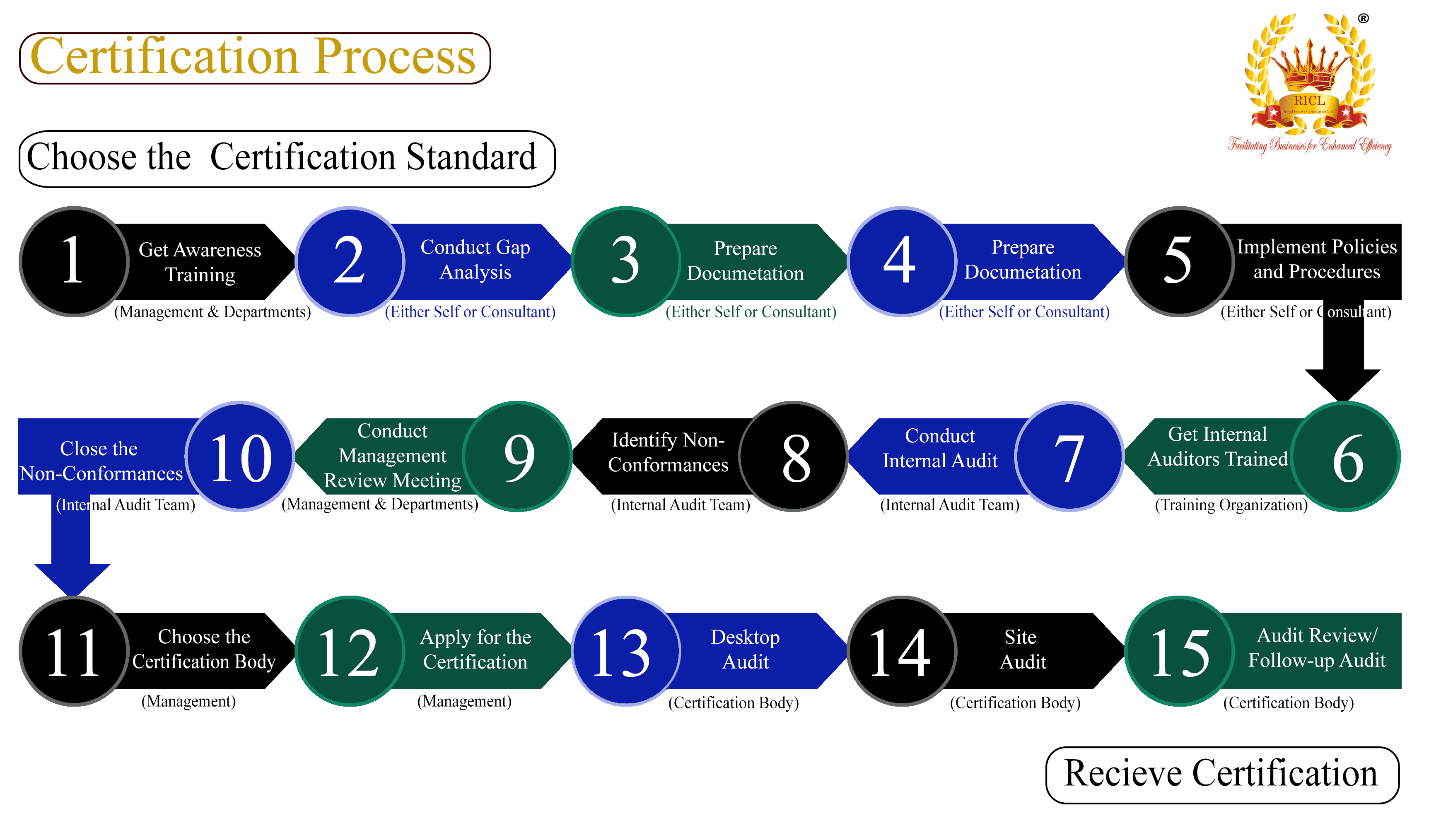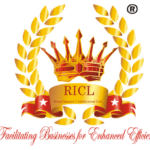
GREEN
“Green” generally refers to practices, products, and methods that have a reduced or minimal impact on the environment. This concept can be applied across various contexts, from green technology and green building to green policies and green living.
“Green” generally refers to practices, products, and methods that have a reduced or minimal impact on the environment. This concept can be applied across various contexts, from green technology and green building to green policies and green living. Here’s a more detailed look at what “green” entails:
Green Technology
Green technology, also known as clean technology, involves developing and using technologies that help conserve natural resources and reduce environmental impact. Examples include renewable energy technologies (like solar and wind power), electric vehicles, and technologies that improve energy efficiency in buildings and machines.
Green Building
Green building involves constructing or modifying buildings to make them energy-efficient and environmentally friendly. This includes using sustainable materials, maximizing natural light, improving water usage with efficient fixtures, and integrating systems like green roofs or greywater recycling.
Green Energy
Green energy refers to renewable energy sources that provide energy without the environmental harm associated with fossil fuels. Common sources of green energy include solar, wind, hydroelectric, and biomass. Utilizing green energy reduces carbon emissions and pollution, helping to combat climate change.
Green Living
Green living refers to lifestyle choices aimed at reducing an individual’s or society’s environmental impact. This can involve recycling, using public transportation or cycling instead of driving, reducing energy consumption, and buying products made from sustainable or recycled materials.
Green Policies
Green policies are government or corporate regulations and procedures designed to manage resources responsibly and sustainably. These might include policies to reduce waste in offices, incentives for using renewable energy, and regulations limiting the use of hazardous substances.
Green Certifications
To aid consumers and businesses in identifying genuine green products or practices, various certifications exist, such as LEED (Leadership in Energy and Environmental Design) for buildings, ENERGY STAR for appliances, and the USDA organic certification for food.
Environmental Impact
Embracing green practices helps reduce the depletion of natural resources, minimize waste and pollution, protect ecosystems, and promote biodiversity. It often involves a sustainable approach, considering long-term environmental impact rather than short-term gains.
The term “green” encapsulates a broad and vital concept that plays a crucial role in addressing environmental issues such as climate change, air and water pollution, and the loss of biodiversity. By adopting green practices, individuals and organizations can contribute significantly to a more sustainable and environmentally responsible world.

Here is a list of The industries that are commonly involved in or impacted by green practices, technologies, and principles. These industries have either adopted green methods or are transitioning towards more sustainable practices:
- Automotive manufacturing
- Aerospace industry
- Chemical production
- Electronics manufacturing
- Pharmaceutical industry
- Textile and apparel manufacturing
- Food and beverage production
- Packaging industry
- Printing and publishing
- Construction and building materials
- Oil and gas extraction
- Mining and mineral processing
- Metal fabrication and machining
- Plastics and rubber products
- Renewable energy sector
- Waste management and recycling
- Water treatment and sanitation
- Agriculture and agribusiness
- Forestry and logging
- Pulp and paper industry
- Steel and metal production
- Cement and concrete manufacturing
- Shipbuilding and maritime industry
- Power generation and utilities
- Telecommunications industry
- Transportation and logistics
- Healthcare and medical services
- Education and research institutions
- Hospitality and tourism
- Retail and consumer goods
- Financial services
- Information technology (IT) sector
- Consulting and professional services
- Real estate and property management
- Chemical distribution and trading
- Automotive aftermarket services
- Environmental consulting firms
- Renewable energy developers
- Industrial cleaning and maintenance
- Laboratory and testing services
- Environmental advocacy organizations
- Government and public sector agencies
- Non-profit organizations
- Event management and entertainment
- Sports and recreation facilities
- Textile recycling and upcycling
- Food service and catering
- Green building and architecture
- Eco-tourism and outdoor activities
- Waste-to-energy projects
[sp_easyaccordion id=”10774″]
[formsapp id=”662f63f6c4dd546c9916c3db”]
